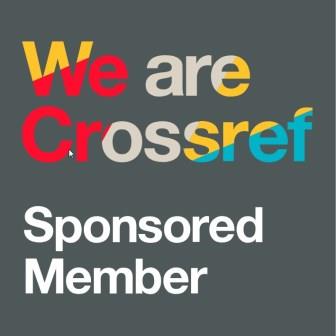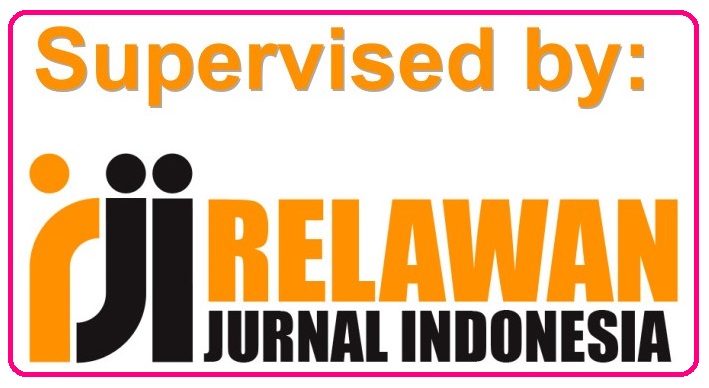Comparison of Translation Techniques by Google Translate and U-Dictionary: How Differently Does Both Machine Translation Tools Perform in Translating?
DOI:
https://doi.org/10.31849/elsya.v3i3.7517Keywords:
Machine Translation, Computational Linguistics, Translation Techniques, Expository Text, Google Translate, U-dictionaryAbstract
Better translation produced by computation linguistics should be evaluated through linguistics theory. This research aims to describe translation techniques between Google Translate and U-Dictionary. The study used a qualitative research method with a descriptive design. This design was used to describe the occurrences of translation techniques in both translation machine, with the researchers serving as an instrument to compare translation techniques which is produced on machine. The data are from expository text entitled “Importance of Good Manners in Every Day Life”. The total data are 122 words/phrases which are pairs of translations, English as source language and Indonesia as target language. The result shows that Google Translate apply five of Molina & Albir’s (2002) eighteen translation techniques, while U-dictionary apply seven techniques. Google Translate dominantly apply literal translation techniques (86,8%) followed by reduction translation techniques (4,9%). U-dictionary also dominantly apply literal translation techniques (75,4%), but follows with the variation translation techniques (13,1%). This study showed that both machines produced different target texts for the same source language due to different applications of techniques, with U-dictionary proven to apply more variety of translation techniques than Google Translate. The researcher hopes this study can be used as an evaluation for improving the performance of machine translations.
Downloads
Published
Issue
Section
License
- Author retains the copyright and grants Elsya Journal the right of first publication of the work simultaneously licensed under the Creative Commons Attribution-ShareAlike 4.0 License that allows others to share the work with an acknowledgment of the work's authorship and initial publication in this journal
- The author is able to enter into separate, additional contractual arrangements for the non-exclusive distribution of the journal's published version of the work (e.g., post it to an institutional repository or publish it in a book) with the acknowledgment of its initial publication in this journal.
- The author is permitted and encouraged to post his/her work online (e.g., in institutional repositories or on their website) prior to and during the submission process, as it can lead to productive exchanges, as well as earlier and greater citation of the published work (See The Effect of Open Access).












 Elsya Journal is licensed under
Elsya Journal is licensed under 